Archaeology and (shared) heritage of German colonialism in Africa
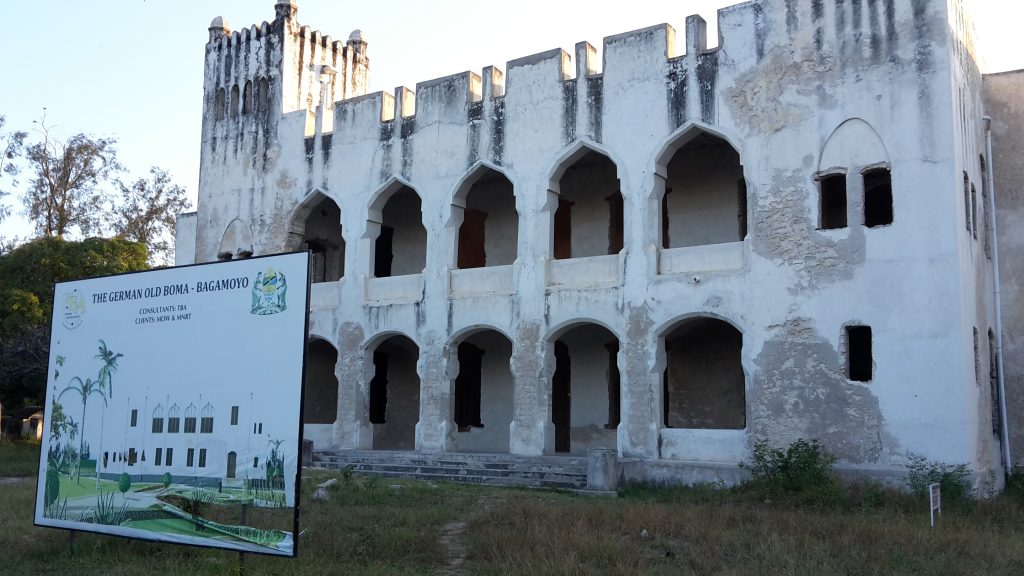
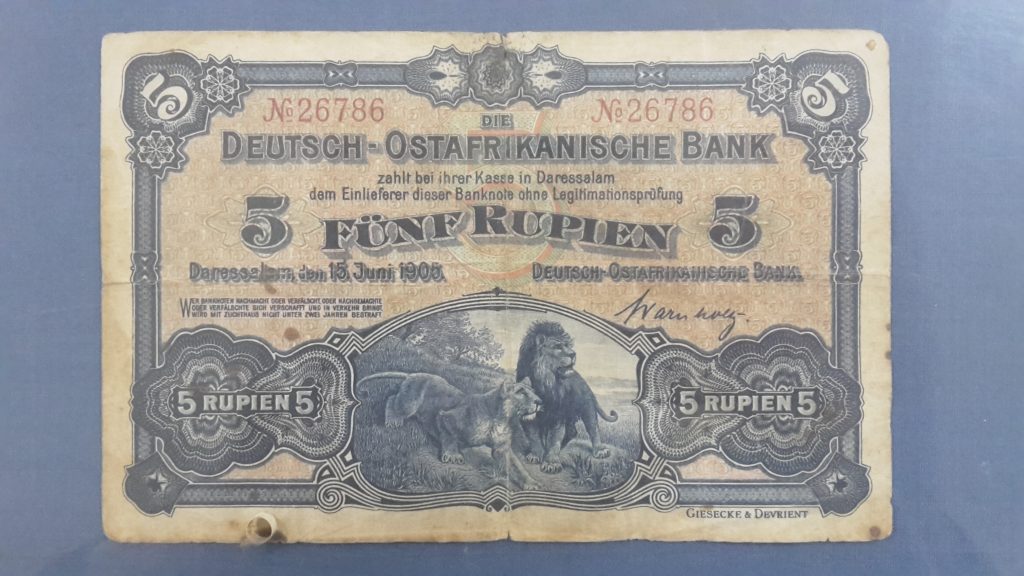
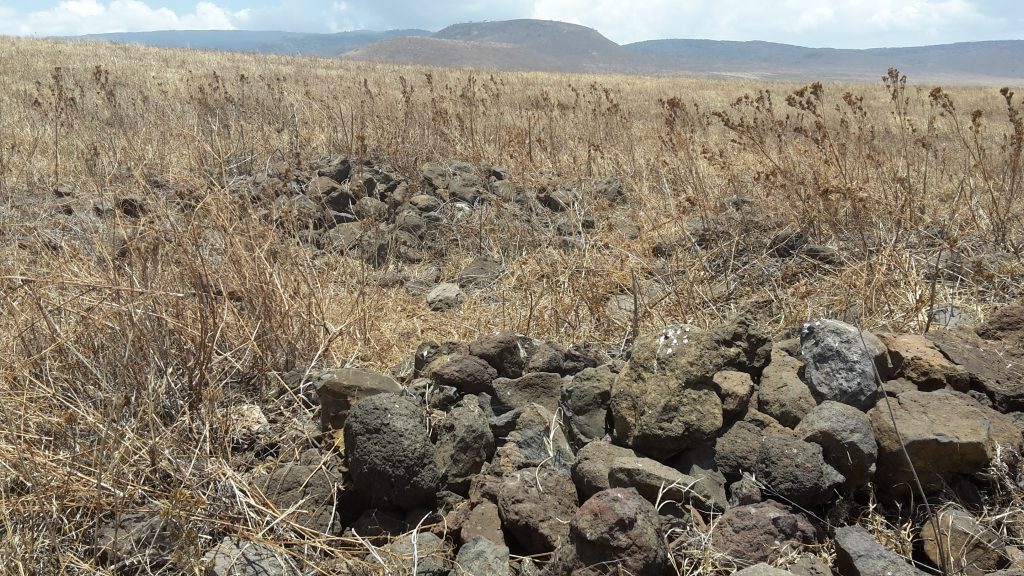
Previous
Next
The project ‘Archaeology and (shared) heritage of German colonialism: Materialities of colonization, resistance and cultural entanglement on the African continent’ is run by Jörg Linstädter and Cornelia Kleinitz at the Commission for Archaeology of Non-European Cultures (KAAK). It links to current research in other disciplines as well as to present public debates and enriches them with archaeological perspectives. Within the framework of the project, contacts and cooperations are established with African partners in countries that were affected by German colonialism. In addition to joint research on the material ‘shared heritage’, the project addresses questions of the preservation and presentation of this often difficult heritage, and it includes close cooperation with the local communities.
The archaeology of the German colonial period in Africa has so far been researched only to a limited extent. Ghana and Togo are an exception, as extensive work on the Togo colony has taken place and is being published under the direction of Wazi Apoh. Archaeological work elsewhere on the continent is currently concerned with, e.g., conflict landscapes and memory processes related to the Majimaji War in Tanzania, the transformation of local settlement patterns by the German colonial administration in Cameroon, or the role of indigenous guides and their knowledge in the mapping of Namibia.
The range of material traces of German colonialism in Africa includes buildings of the colonial administration, infrastructure and (plantation) economy, churches and residential buildings, forced labor and concentration camps, conflict sites and landscapes, as well as a variety of imported and local objects in different spatial contexts. Our project focuses on individual case studies, initially with partners in Ghana and Namibia, but it also compares material manifestations of colonial rule and local action/reaction across the various colonies. In the sense of a ‘shared heritage’, research in the framework of the project is designed to be cooperative and dialogical, providing room for multiple perspectives on the colonial past and its legacies.
Mitglieder
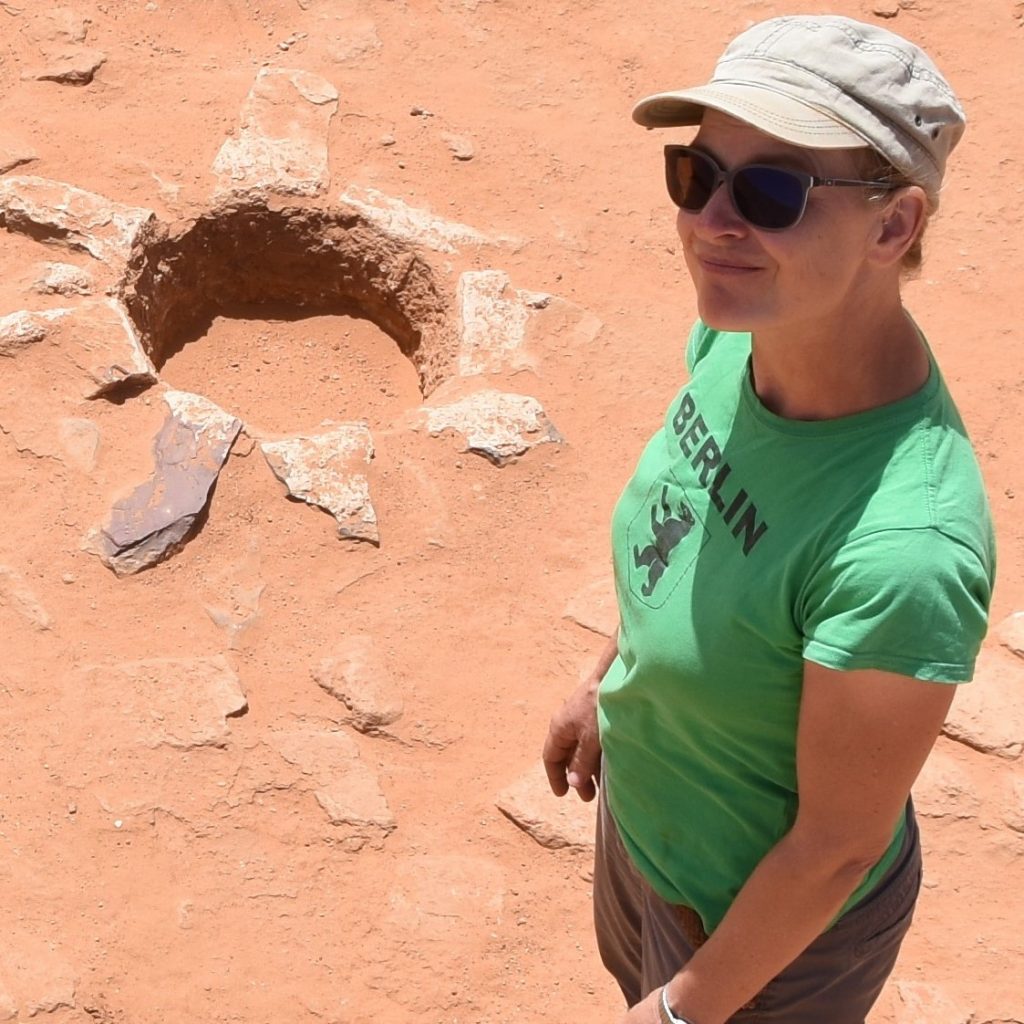
Dr. Cornelia Kleinitz
Commission for Archaeology of Non-European Cultures (KAAK)
cornelia.kleinitz@dainst.de
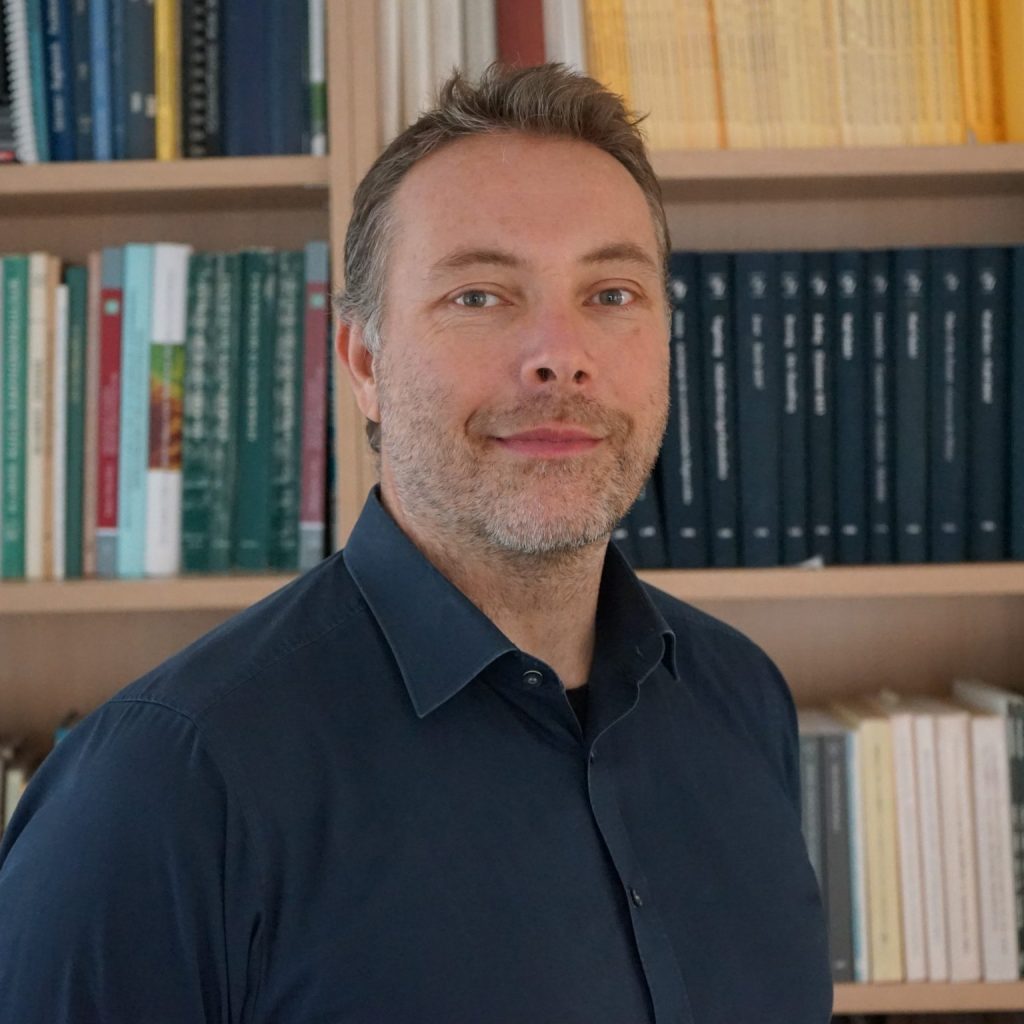
PD Dr. Jörg Linstädter
Commission for Archaeology of Non-European Cultures (KAAK)
joerg.linstaedter@dainst.de
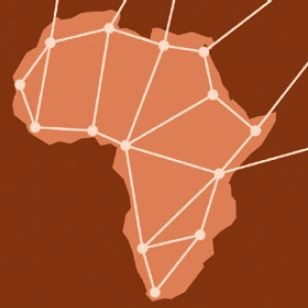
Dipl.-Ing. Christian Hartl-Reiter
Commission for Archaeology of Non-European Cultures (KAAK)
christian.hartl-reiter@dainst.de
Partnerinstitutionen
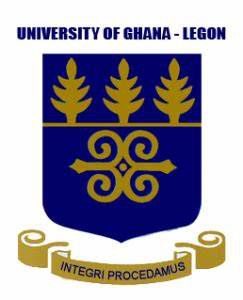
University of Ghana
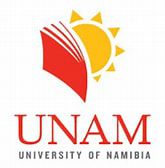
University of Namibia
Abbildungen
Abb. 1 German Old Boma in Bagamoyo, Tansania [Photo by Cornelia Kleinitz].
Abb. 2 Banknote of the German-East African Bank in the National Museum in Dar es-Salaam, Tansania [Photo by Cornelia Kleinitz].
Abb. 3 Remains of a farmstead in the Ngorongoro-Crater, Tansania [Photo by Cornelia Kleinitz].